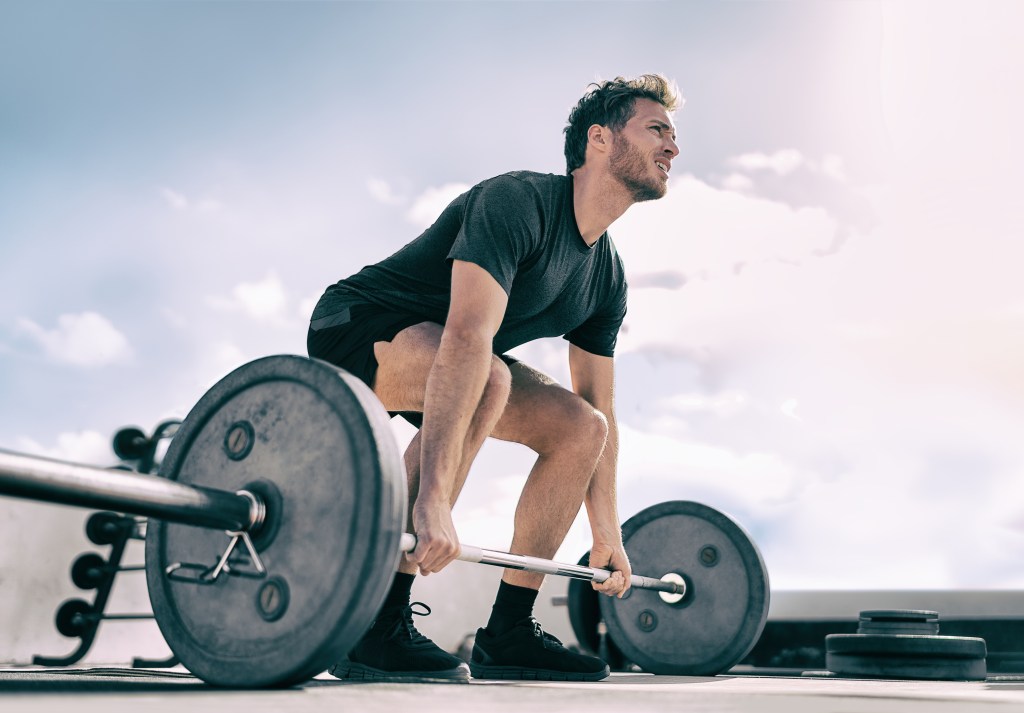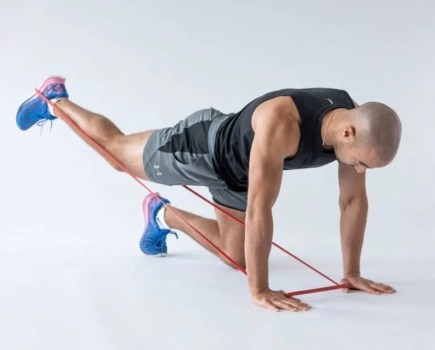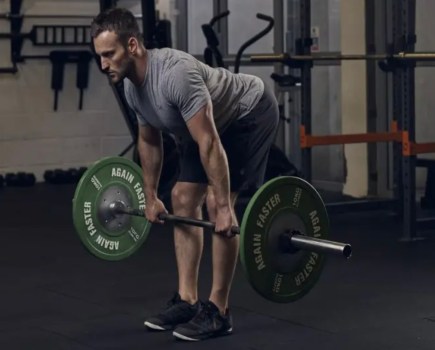Looking to take your deadlifting to the max? Grip strength – and how you hold the bar – is essential for improving your technique
Grip strength is essential during deadlifts. Deadlifting might seem easy when lifting weights within your comfort zone, with few reps.
However, when it comes to increasing the weight load and reps, if your grip isn’t connecting well with the bar, improvement may not be an option.
There are four main types of grips for deadlifting, each with different positives and techniques:
- Double overhand grip
This is the grip you’re probably most familiar with. You have two hands over the bar, a common way to learn the deadlift. It’s a solid technique, but if you’re looking to enter powerlifting territory, it’s unlikely to cut it.
There’s also the potential of the barbell spinning with heavy loads.

- Mixed grip
In this technique, you hold one hand over (hand facing you) and under (hand facing away from you) the bar, preventing bar rotation. This will allow you better grip strength to lift heavier weights than the double overhand grip.
Often lifters use their dominant hand for the overhand part, but you may decide to alternate the overhand and underhand to prevent overworking the grip.
Also, be aware of the bicep strain that can potentially occur on the underhand side. Like any fitness, build up gradually and know your limits.
- Hook grip
Another option ifor grip strength involves hooking your thumb under the bar and wrapping the first two fingers over the thumb. The thumb should be wedged between the fingers to stop the bar spinning.
Ideally, start with the double overhand grip, and once you can’t lift more in that grip style, you can practise the hook and the mixed grip.
- Snatch grip
The snatch grip suits serious weightlifters as the hands are positioned far apart on the bar. This allows a broader range of motion, but can challenge the wrists and shoulders, so might be better for advanced lifters.






